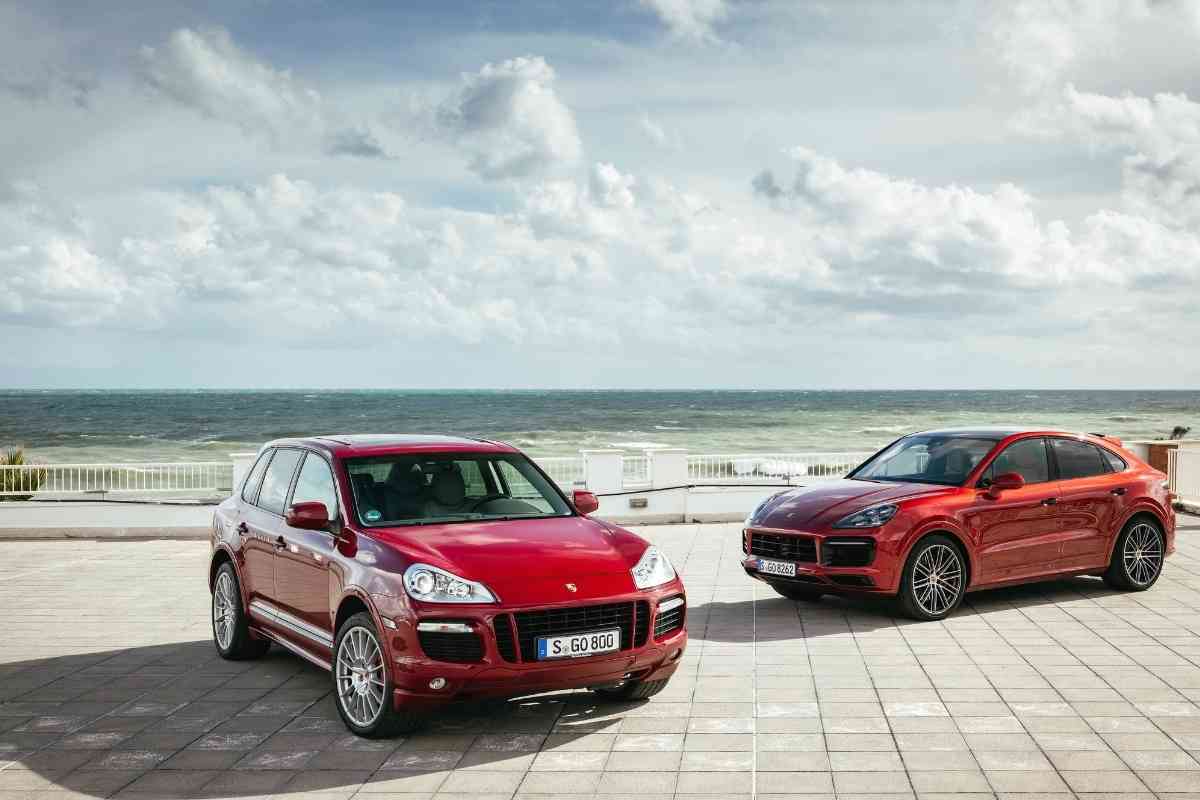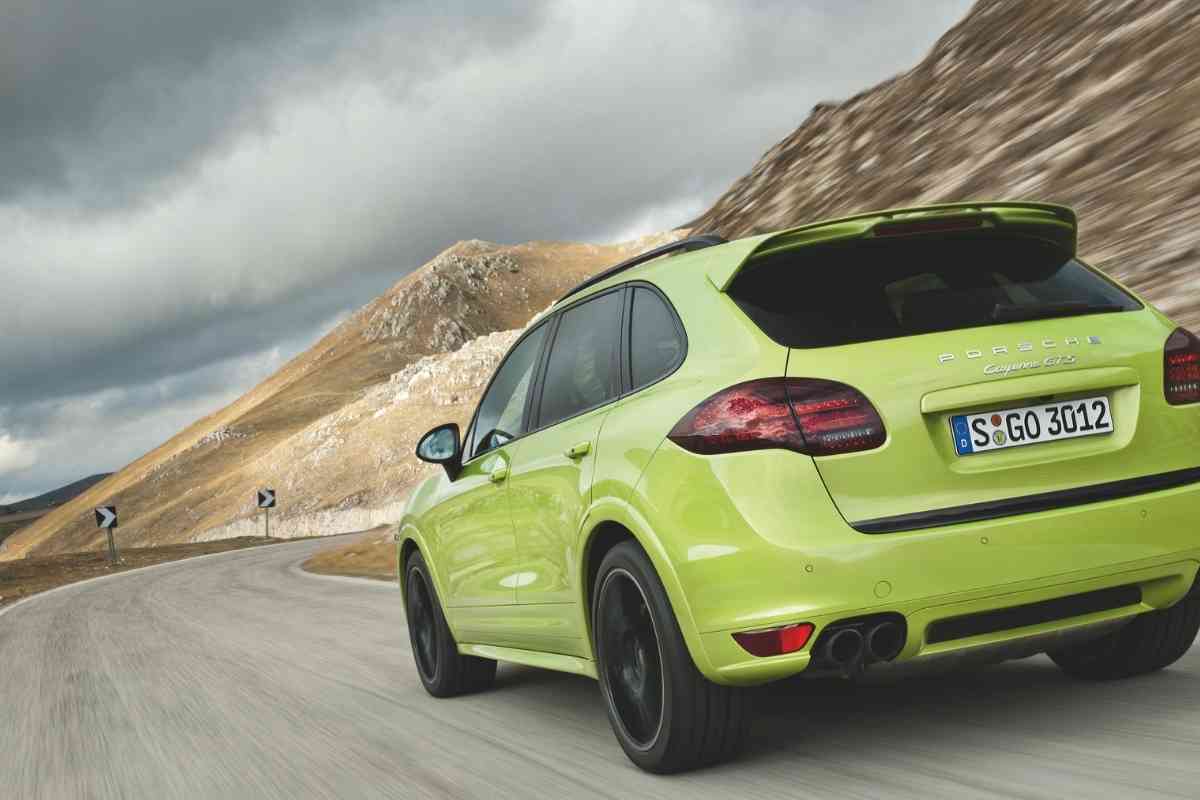The 2 Porsche Cayenne Years You Should Avoid At All Costs!
The Porsche Cayenne is a thrill to drive and is one of the best-selling cars Porsche makes. But as good as it is, there are a couple of years to avoid.

What are the worst years for the Porsche Cayenne?
The 2004 and 2011 model years of Porsche Cayenne have the most problems. Customer complaints revolved around the engine, plastic coolant tubes, and steering issues. Owners often had to pay out of pocket for these repairs as they were not considered to be covered by the Porsche warranty.
For years, I have had a passion for luxury automobiles, and as a person who makes a living writing about cars, I have always been a fan of everything Porsche does. But as blind as my love might be, I still want to help people make wise choices.
Before I plan to plop down my hard-earned cash or suggest that a friend do so, I want to do some fact-checking to ensure that my advice doesn’t lead to a disaster. The last thing I want to do is open my wallet and pay an exorbitant price for a Porsche, only to find that it spends most of its time in the shop.
What are the Two Porsche Cayenne Years to Avoid?
The Porsche Cayenne crossover has been an integral part of the Porsche lineup for 17 years when Porsche decided to design a performance mid-sized sport utility.
Porsche has a reputation for building quality automobiles, as evidenced by its consistent presence at the top of JD Power rankings. But as dependable as Porsche tends to be, two years seem more prone to breakdown than others.

Why 2004 Porsche Cayenne Should be Avoided
So, what was the issue with this model year? There were several problems, but a couple of recurring ones tend to dominate the repair orders.
Plastic Coolant Tubes Cracking
The first issue involved Porsche’s decision to use cheap plastic tubing for the coolant system. Due to their location near the engine, the tubes tended to overheat, crack and cause the car to lose coolant. (Whoever designed the engine decided to split the coolant tubes into a V and run them near the intake manifold).
Any car that loses its cooling fluid is prone to encounter more significant problems, especially when talking about a high-performance motor like the 4.5L V8 they were using at the time. (The V6 was an Audi engine made by VW, so it did not have this issue at all).
Unfortunately, even though Porsche knew about the problem, they would not replace the tubing pro-bono. Instead, they sold owners replacement kits which were expensive (three thousand dollars).
Imagine the anger of owners who are told that the manufacturer messed up using plastic rather than metal but that they can get back on the road for a mere couple more thousand dollars to fix the problem.
Note: (In 2014, in response to a class-action lawsuit, Porsche agreed to cover some of the expenses for the repair and refund money to those owners who had been forced to pay previously).
Center Bearing Failure in DriveTrain
Another issue plaguing 2004 was the bearing failure in the drivetrain. While the part didn’t cost much, the fix required an entire drivetrain replacement (which, as anyone knows, isn’t cheap). The issue did not usually appear until the car passed out of its warranty, further angering owners and lightening their wallets.
Failed Fuel Pump – Car Won’t Start
Some owners reported stalling or lack of start for the 2004 Cayenne. The fuel pump flange would stick, which meant the car started leaking fuel.
Since the fuel filter was located on the top of the primary fuel pump, dirt and debris could clog and contribute to the failure. The repair was high, averaging about $1500.
Other reported mechanical issues
- Failed Fuel Pump
- Undue tire wear
- Premature Brake Pad Wear
Why the 2011 Porsche Cayenne Should Be Avoided?
By far, the worst year for the Cayenne was 2011. The car had numerous problems when it came off the factory line, and the problems just worsened as time passed.
Engine Issues
Many owners reported loud noises from their engines, followed by complete shutdowns and the inability to restart. The issue stems from using aluminum bolts to secure the timing chain sprockets to the camshaft. The aluminum material could not hold up to the constant vibrations of the high-performance motor, so eventually, they would weaken and break. Porsche refused to take responsibility and charged thousands of dollars to fix the cars until they were forced to issue a recall in 2017.
Electrical Issues
There were several electrical issues, but the primary one was a low voltage output due to an overly discharged battery. A parasitic draw on any car’s electric system is tough to find and fix because anything could drain the power reserves.
Porsche has lots of computers, gadgets, and tech that require constant electric connection, and some owners felt that the car’s 12-volt battery was capable enough. Many owners’ cars ended up as a dart board, replacing component after component.
Early Brake Pad Wear / Failure
As if they hadn’t learned their lesson from earlier models (namely the plastic tubing in the 04), the brakes operate using a vacuum system connected to the brake booster pump via plastic tubing. The tubing would crack, causing the system to lose pressure and register a trouble code with the system. Porsche’s remedy was to replace all the plastic lines.
I suspect most Porsche owners rode their brakes since they tend to push their cars a bit. After all, you don’t buy a Porsche to drive it conservatively, even if it is a four-door.
Other reported mechanical issues
- Undue tire wear
- Engine oil gasket leaks
- Radiator cracks
What Model are the Best Years for Porsche Cayenne?
While many years have fewer repair issues, the 2017 – 2019 Porsche Cayenne model years generally seem to have the fewest problems. The problems that have been reported have occurred after 75,000 miles and are relatively cheap to fix. 2017 has either a 3.6L twin-turbo V6 or a 4.8L twin-turbo V8 engine.
Porsche introduced the third generation with the introduction of the 2019 model and wholly redesigned the Cayenne to look more like its sporty brother, the 911. In June 2021, the Cayenne Turbo GT was introduced for clocking 0-60 mph in 3.3 seconds, which is pretty fast.
Key Takeaways
- The 2004 and 2011 model years should be avoided.
- Most other model years are fine with few breakdowns
- The best model years are 2017 and 2019
- Repairs to Porsche are not cheap.
